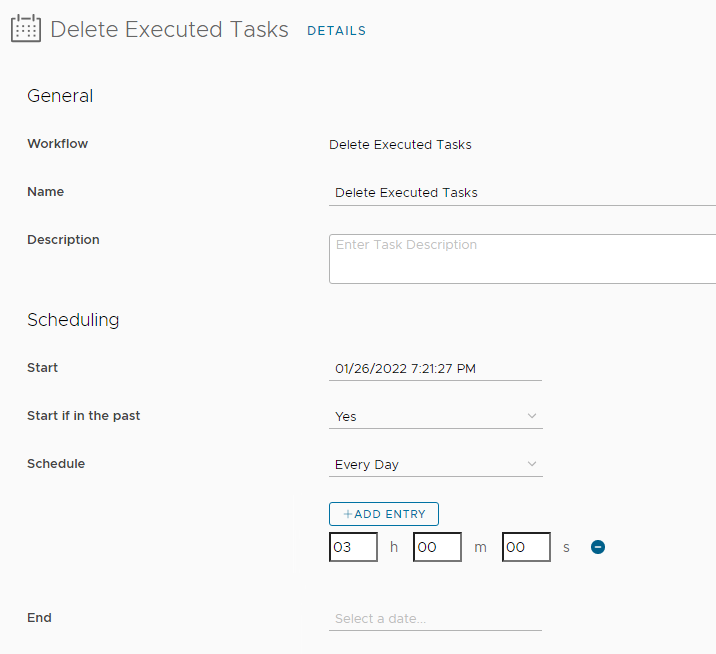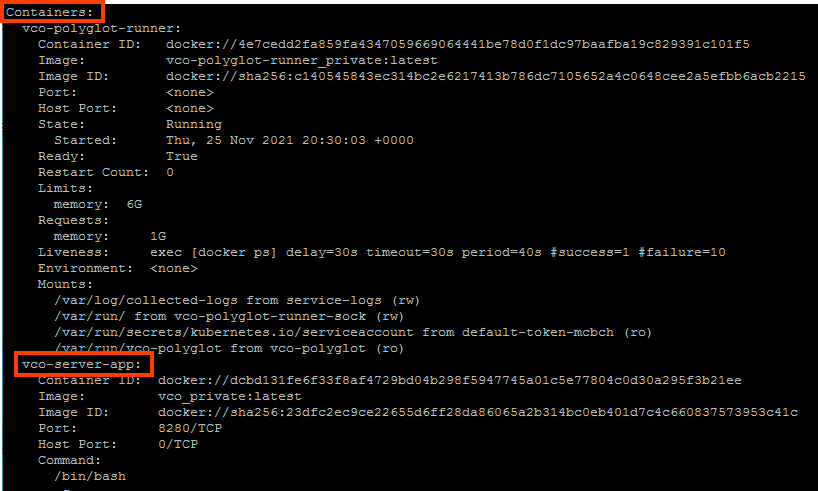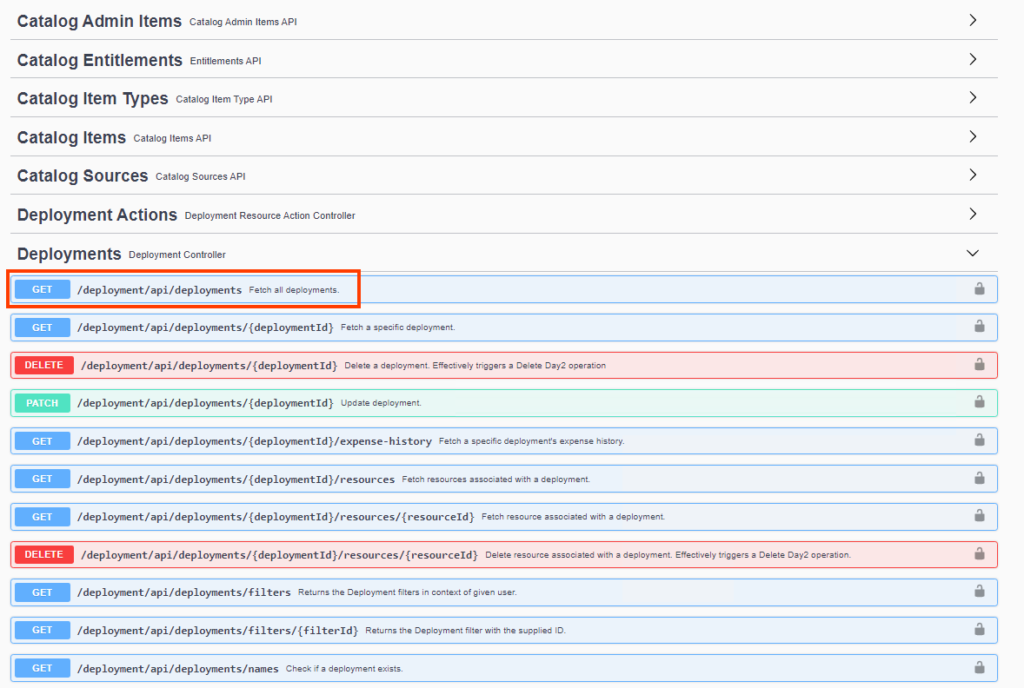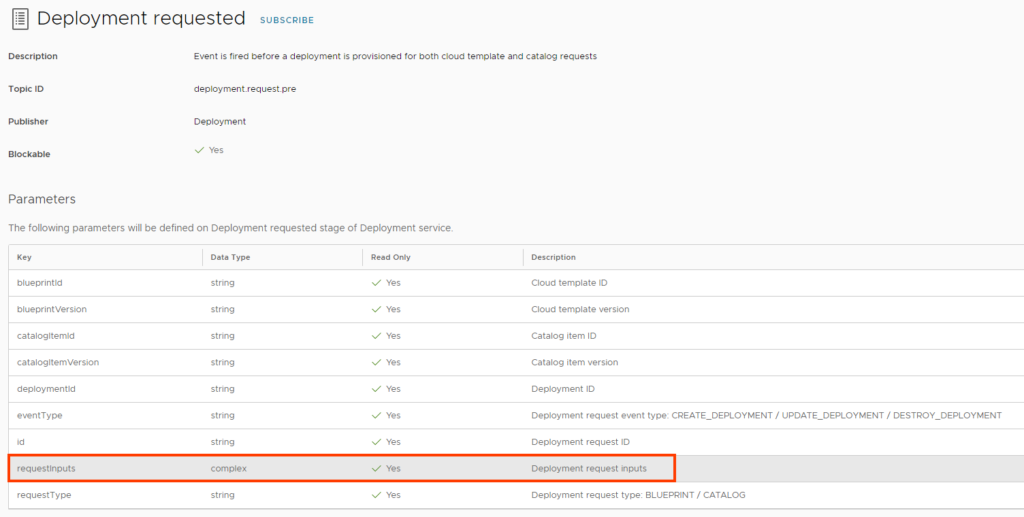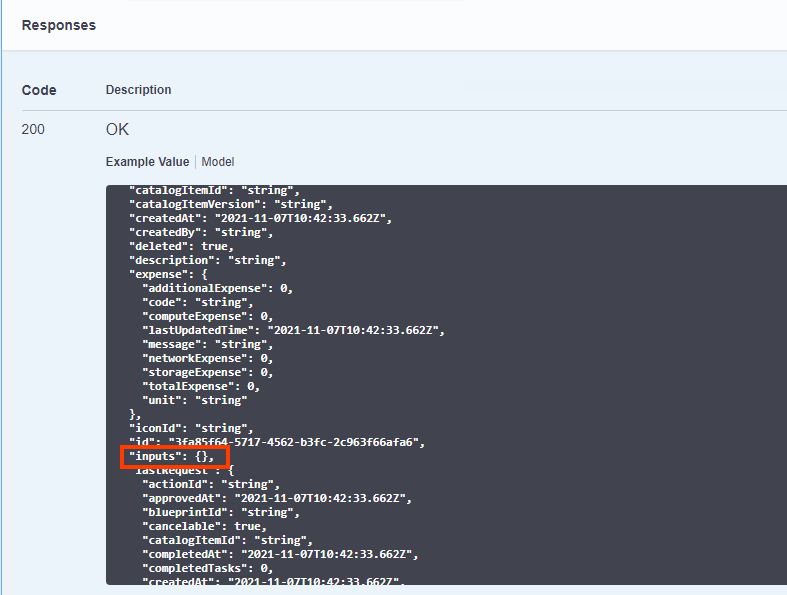There are two ways to get data form AD in vRealize Orchestrator with plugin and with ldapClient. Native ldapClient is much more powerful but also a bit more complicated in use. In this short post I’ll show you how to use both. First we will find user email for a known user account name and next we will find a user account name based on his email. As we all know one can bind the user name or its email on a XaaS form in vRA quite easily.
Lets start with finding user email for a known AD account name with AD plugin. First we need to clean a user name that was passed form vRA. vRA will pass user name in format user@domain we need only account name. The next step is to find a proper AD endpoint to work with. If your vRO have only one AD endpoint you can just take first one form findAllHosts function like this: var adHosts = AD_HostManager.findAllHosts()[0];
For me it is bit more complicated therefore second input to this action is domain name I want to do a search in. Once we have AD endpoint set we can use library function searchExactMatch to find the user. Using this function you can also search for groups, OUs or computer accounts. Just change the first argument form “User” to “UserGroup”, “OrganizationalUnit” or “ComputerAD” respectively. Function searchExactMatch returns an array, therefore we take only first element here. User names should be unique 😉 Once you have a AD:User object you can get any of its attributes with getAttribute function.
Working with vRO AD plugin FindUsereEmail Example:
Continue reading “[Quick Hint] Working with AD in vRO with plugin and ldapClient”
